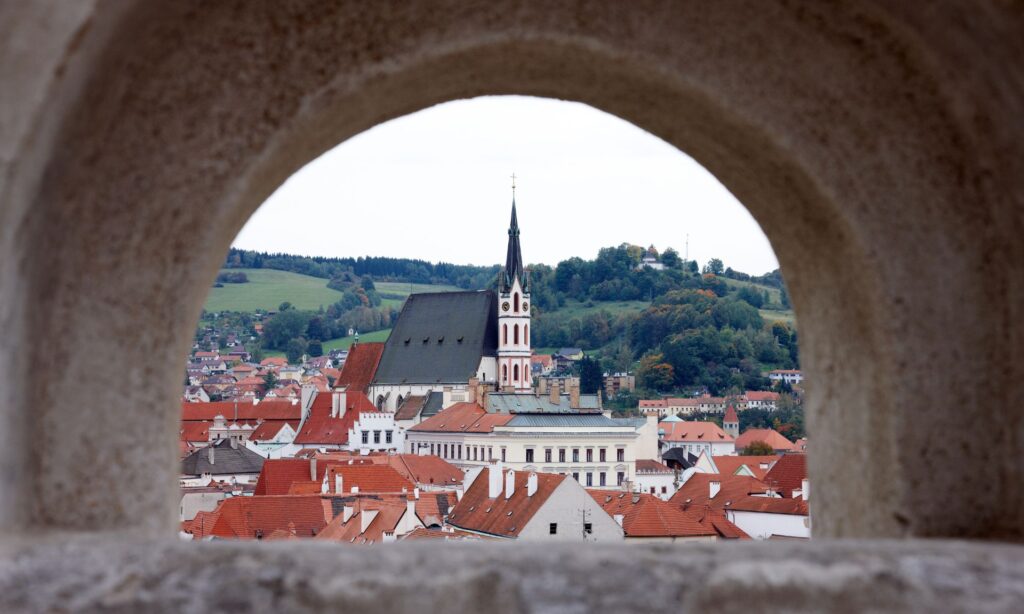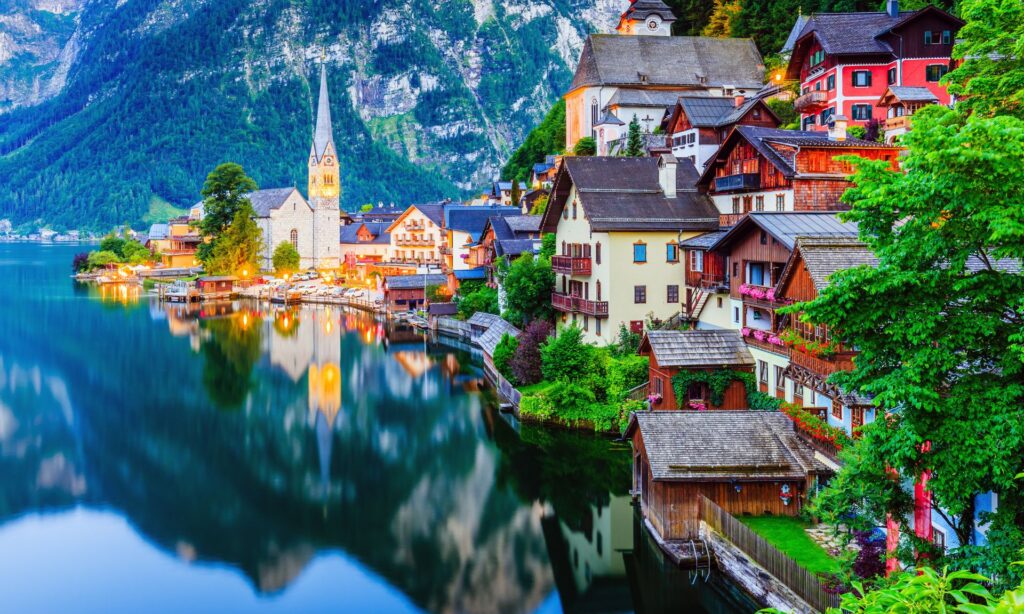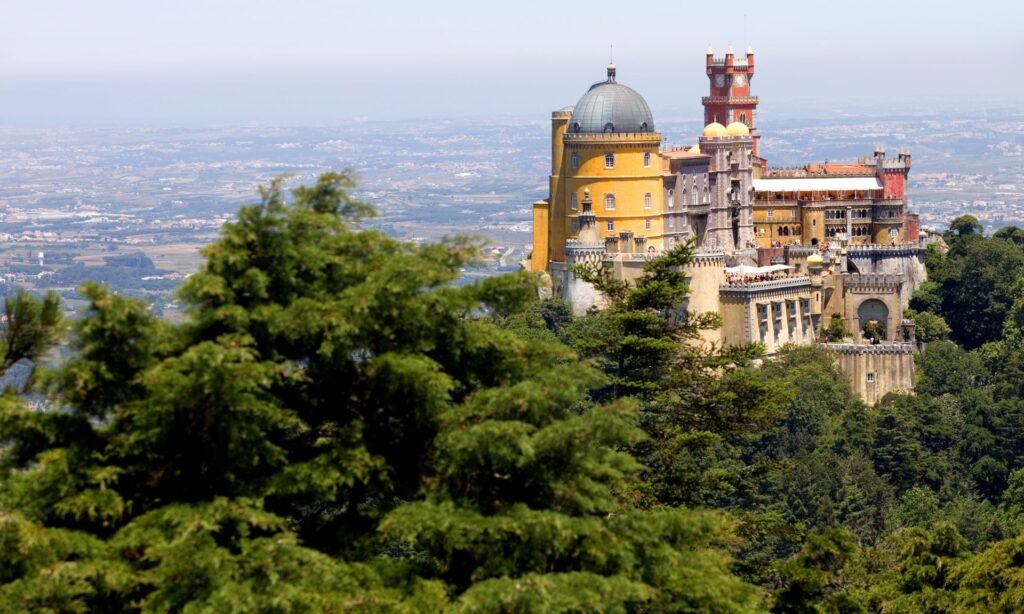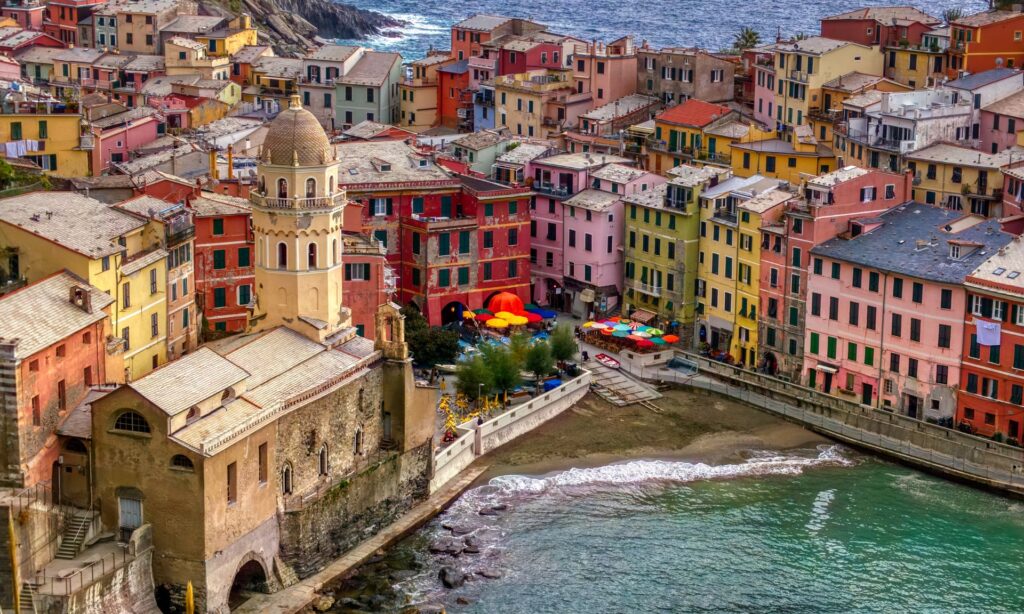Introduction
Europe is a continent teeming with iconic landmarks, bustling cities, and picturesque landscapes that attract millions of tourists every year. However, beyond the well-trodden paths lie hidden gems waiting to be discovered by intrepid travelers seeking a more authentic experience. From quaint villages tucked away in the mountains to tranquil islands far from the tourist crowds, here are 10 non-touristy places in Europe that promise unforgettable adventures.
Český Krumlov, Czech Republic

Nestled in the heart of Bohemia, Český Krumlov is a medieval town straight out of a fairy tale. With its winding cobblestone streets, charming cafes, and a stunning castle overlooking the Vltava River, this UNESCO World Heritage Site offers a glimpse into the rich history and culture of the Czech Republic without the crowds of Prague.
Ronda, Spain

Perched atop a dramatic gorge in the Andalusian countryside, Ronda is a hidden gem renowned for its breathtaking views and Moorish architecture. Explore the ancient city walls, stroll across the iconic Puente Nuevo bridge, and savor authentic tapas in local taverns as you immerse yourself in the laid-back charm of this picturesque town.
Hallstatt, Austria

Tucked away in the Austrian Alps, Hallstatt is often regarded as one of the most beautiful villages in Europe. Surrounded by towering peaks and crystal-clear lakes, this fairy-tale destination offers postcard-perfect views at every turn. Wander through its narrow streets, visit the salt mines that have been in operation for millennia, and marvel at the idyllic beauty that has captivated travelers for centuries.
Sintra, Portugal

Just a short drive from Lisbon, Sintra is a verdant oasis dotted with enchanting palaces, lush gardens, and mystical forests. Explore the colorful Pena Palace, wander through the whimsical Quinta da Regaleira, and hike to the secluded beaches along the rugged coastline for a truly magical experience away from the tourist crowds.
Cinque Terre, Italy

While Italy is known for its iconic cities like Rome and Florence, the picturesque villages of Cinque Terre offer a peaceful retreat from the hustle and bustle. Perched precariously on the rugged cliffs of the Ligurian coast, these five colorful towns are a paradise for hikers, foodies, and beach lovers alike, with stunning vistas, fresh seafood, and charming seaside cafes awaiting those who venture off the beaten path.
READ ALSO: Non-Touristy Things To Do in Rome
Plitvice Lakes National Park, Croatia

Hidden away in the dense forests of Croatia, Plitvice Lakes National Park is a natural wonderland of cascading waterfalls, emerald-green lakes, and lush foliage. Explore the network of wooden boardwalks that wind their way through the park, hop on a boat ride across the tranquil waters, and immerse yourself in the pristine beauty of one of Europe’s most underrated destinations.
Giethoorn, Netherlands

Dubbed the “Venice of the North,” Giethoorn is a tranquil village in the Netherlands characterized by its charming canals, thatched-roof cottages, and lush countryside. Explore the waterways by boat or bicycle, sample local delicacies at waterside cafes, and discover why this hidden gem is a favorite among those seeking a peaceful escape from the tourist crowds.
Faroe Islands, Denmark

Tucked away in the North Atlantic Ocean, the Faroe Islands offer a remote and rugged landscape unlike anywhere else in Europe. From towering sea cliffs and cascading waterfalls to colorful fishing villages and abundant wildlife, this archipelago is a paradise for outdoor enthusiasts and nature lovers seeking solitude and adventure off the beaten path.
Tallinn, Estonia

With its well-preserved medieval old town, charming cobblestone streets, and vibrant cultural scene, Tallinn is a hidden gem waiting to be discovered by travelers seeking a unique blend of history and modernity. Explore the ancient city walls, visit the captivating museums, and indulge in traditional Estonian cuisine as you uncover the rich heritage of this Baltic gem.
Slovenian Alps, Slovenia

Nestled between Italy, Austria, and Croatia, Slovenia is a small country with an abundance of natural beauty, and the Slovenian Alps are no exception. From the emerald-green waters of Lake Bled to the rugged peaks of Triglav National Park, this alpine paradise offers endless opportunities for hiking, skiing, and outdoor adventure away from the tourist crowds.
These 10 non-touristy places in Europe offer a glimpse into the continent’s hidden treasures, from medieval villages and pristine landscapes to vibrant cities and remote islands. Whether you’re seeking adventure, tranquility, or cultural immersion, these off-the-beaten-path destinations promise unforgettable experiences and a deeper appreciation for Europe’s rich diversity and natural beauty. So pack your bags, venture off the beaten path, and discover the hidden gems that await you in Europe’s lesser-known corners.
READ ALSO: Top 5 Craft Beer Destinations in Europe
Frequently Asked Questions About Europe’s Hidden Gems
What are hidden gems in Europe?
Hidden gems in Europe are lesser-known destinations that offer unique experiences, natural beauty, and cultural richness away from the typical tourist crowds. These places may include charming villages, scenic landscapes, historical sites, and off-the-beaten-path locations that are often overlooked by mainstream tourism.
Why visit hidden gems in Europe?
Visiting hidden gems in Europe allows travelers to discover authentic and less-commercialized destinations, offering a more immersive and memorable travel experience. These places often provide opportunities for cultural exchange, interaction with locals, and exploration of untouched natural landscapes.
Are hidden gems in Europe difficult to access?
While some hidden gems in Europe may require more effort to reach compared to popular tourist destinations, such as additional transportation connections or longer travel times, many are still accessible by public transportation or car. The journey to these hidden gems often adds to the sense of adventure and discovery.
What types of experiences can I expect from hidden gems in Europe?
Hidden gems in Europe offer a wide range of experiences depending on the destination. Travelers can explore quaint villages steeped in history, hike through scenic landscapes, indulge in local cuisine, relax on secluded beaches, and engage in outdoor activities such as hiking, cycling, or kayaking. These destinations provide opportunities for cultural immersion, relaxation, and adventure.
How can I find hidden gems in Europe?
Finding hidden gems in Europe can involve research through travel blogs, forums, and guidebooks, as well as seeking recommendations from locals or fellow travelers. Additionally, exploring lesser-known regions or off-the-beaten-path areas can uncover hidden treasures that may not be widely publicized.
Are hidden gems in Europe suitable for families or solo travelers?
Hidden gems in Europe cater to a variety of travelers, including families, solo travelers, couples, and groups. While some destinations may be more suitable for specific types of travelers depending on their interests and preferences, many hidden gems offer activities and attractions that appeal to a wide range of visitors.
Are hidden gems in Europe safe to visit?
Like any travel destination, safety can vary depending on the location and current circumstances. Generally, hidden gems in Europe are safe to visit, but it’s essential to exercise common sense, stay informed about local conditions, and follow any travel advisories or guidelines issued by relevant authorities.
Can I visit hidden gems in Europe year-round?
Many hidden gems in Europe are accessible year-round, although the best time to visit may vary depending on factors such as weather, seasonal attractions, and local events. Some destinations may be more crowded during peak tourist seasons, while others offer opportunities for off-season travel with fewer visitors.
Do hidden gems in Europe offer accommodations and amenities?
Hidden gems in Europe typically offer a range of accommodations, including hotels, guesthouses, bed and breakfasts, and vacation rentals. While amenities may vary depending on the destination, travelers can generally find basic services such as restaurants, shops, and transportation options to meet their needs.
What are some examples of hidden gems in Europe?
Examples of hidden gems in Europe include Český Krumlov in the Czech Republic, Ronda in Spain, Hallstatt in Austria, Sintra in Portugal, Cinque Terre in Italy, Plitvice Lakes National Park in Croatia, Giethoorn in the Netherlands, the Faroe Islands in Denmark, Tallinn in Estonia, and the Slovenian Alps in Slovenia. These destinations offer unique experiences and attractions that showcase the diverse beauty and culture of Europe’s lesser-known corners.
Conclusion
In conclusion, Europe’s hidden gems offer travelers a chance to escape the crowds and discover the continent’s lesser-known treasures. From charming villages and stunning landscapes to rich history and vibrant culture, these off-the-beaten-path destinations promise unforgettable experiences and a deeper connection with Europe’s diverse heritage. Whether you’re seeking adventure, tranquility, or cultural immersion, exploring hidden gems in Europe opens up a world of possibilities and allows for authentic travel experiences that leave a lasting impression. So, venture off the beaten path, embrace the unknown, and uncover the hidden gems that await you in Europe’s hidden corners.
In another related article, 5 Hidden Gems to Discover Across Europe






